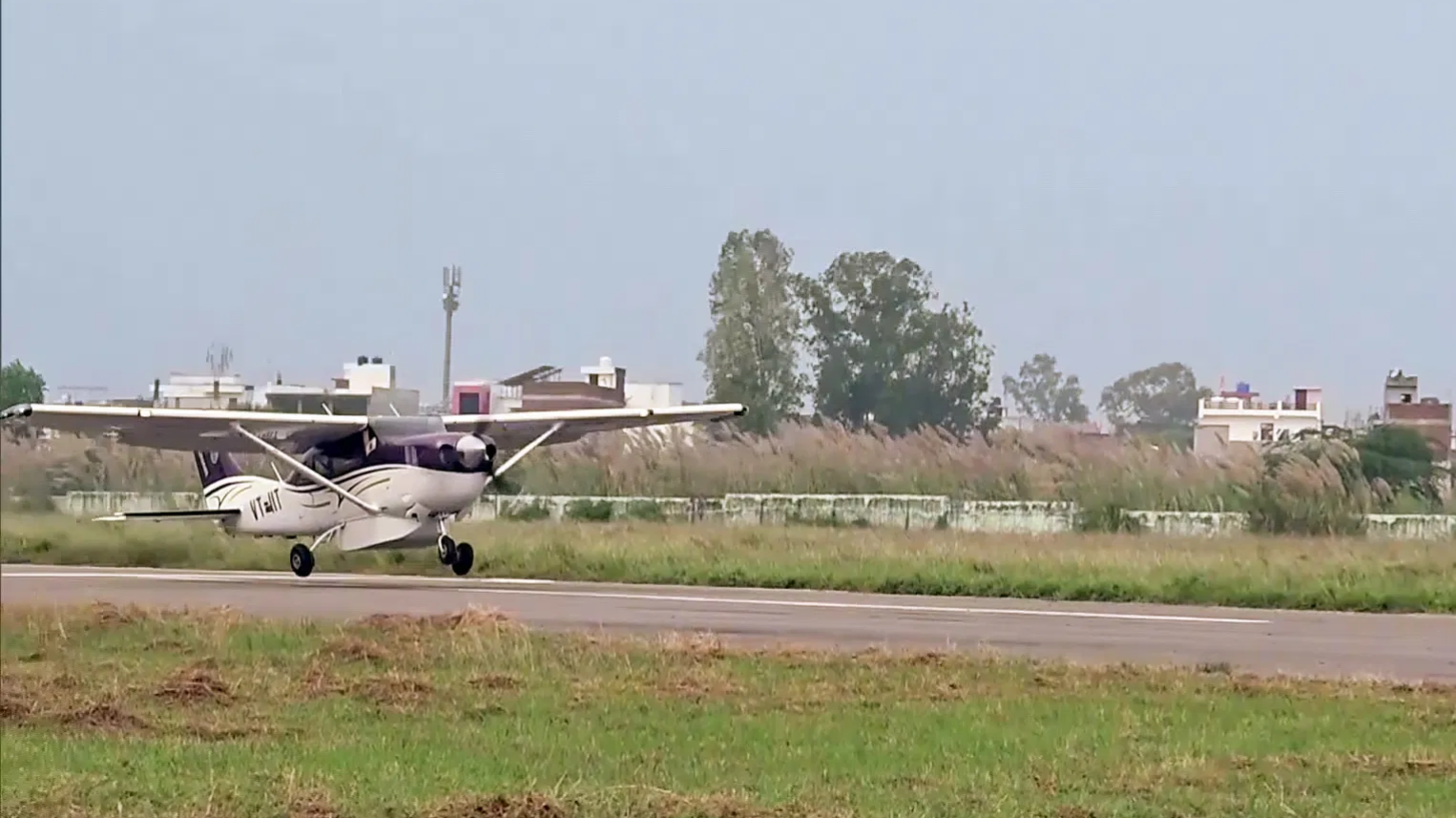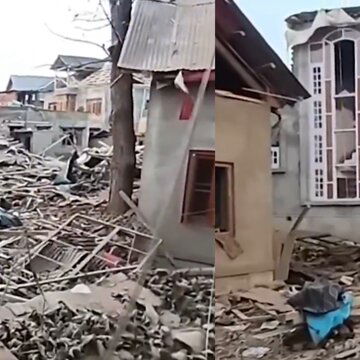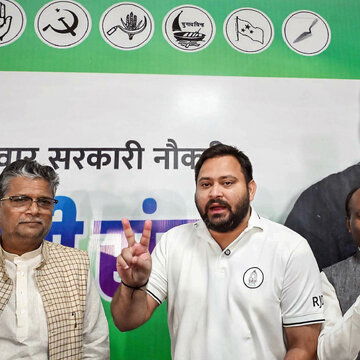Delhi on Tuesday saw its first full-scale cloud seeding operation in a bid to bring artificial rain and clear the thick layer of smog that has covered the city since Diwali.
The aircraft, operated by a team from IIT Kanpur, carried silver iodide and salt-based flares meant to trigger rainfall over moisture-bearing clouds. The flight took off from Kanpur and reached north Delhi’s Burari area, identified as the key zone for the trial.
Officials said the exercise, which was initially scheduled for 12:30 p.m., was delayed due to low visibility and haze. It was carried out after receiving clearance from both the India Meteorological Department (IMD) and the Delhi government’s environment department.
“If weather conditions remain supportive with sufficient cloud and moisture levels, the cloud seeding will take place today. If not, the aircraft will move to Meerut and remain stationed there until conditions improve,” an official told The Hindu.
Also Read: Delhi gasping for air: Pollution levels stay alarming as winds fail to clear smog
The aircraft being used, a modified Cessna-206H, released a combination of silver iodide and sodium chloride over cloud clusters on the northern outskirts of the city to encourage condensation and rain formation.
Part of Delhi’s pollution control strategy
The project is part of the Delhi government’s larger anti-pollution plan to tackle the worsening air quality during winter.
Environment Minister Manjinder Singh Sirsa said if the experiment proves successful, it could help bring down the city’s dangerous air pollution levels. “If artificial rain through cloud seeding works, it can be a big help in improving air quality and reducing pollution after Diwali,” Sirsa told India Today.
A preliminary test flight was conducted last week over Burari, but rain could not be triggered due to low moisture — around 20 percent, compared to the 50 percent required for successful precipitation. This time, weather agencies confirmed higher humidity levels and favourable cloud cover, increasing the likelihood of rain.
Smog still blankets the Capital
The seeding effort comes at a time when Delhi’s Air Quality Index (AQI) stood at 305, categorised as “very poor.”
According to the Central Pollution Control Board (CPCB), 27 of the city’s 38 monitoring stations recorded similar or worse readings on Tuesday morning.
Residents across the city woke up to cloudy skies and a dense haze, with low visibility on several arterial roads. Experts say even a short spell of rainfall could temporarily improve air quality by settling dust and pollutants.
Also Read: Diwali dawn chokes Delhi: AQI hits ‘very poor’ after night of crackers
What happens next?
Officials said data from the seeding trial will be analysed to determine rainfall patterns, intensity, and its effect on air quality.
If the operation succeeds, similar drives could be launched across the National Capital Region during peak smog months.
The cloud seeding project, approved jointly by the Delhi government and the IMD, is being viewed as a critical experiment in the city’s long fight against toxic air.











